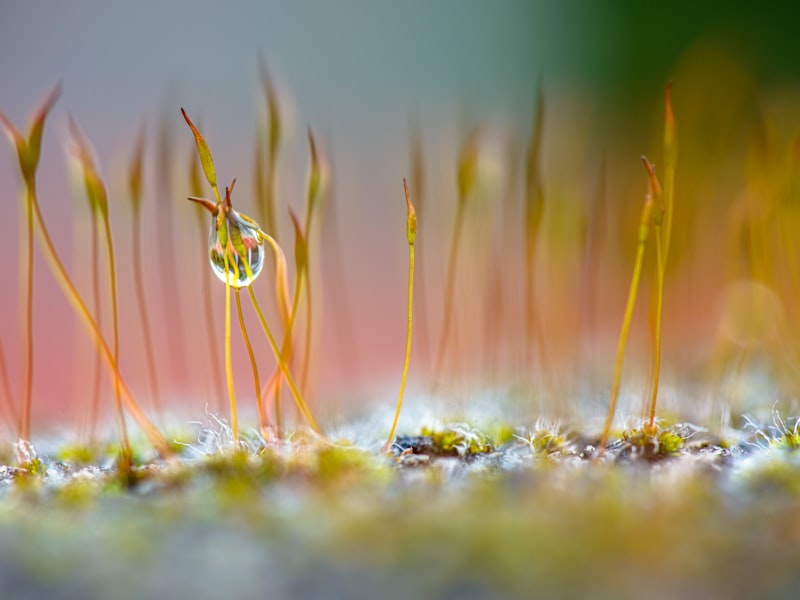The Single Strategy To Use For The Role of Neurotransmitters in Fostering Creativity in the Brain

Browsing the Neural Pathways: A Trip into the Creative Brain
Creativity is a remarkable element of human cognition that makes it possible for us to believe outside the container, come up with impressive concepts, and reveal ourselves in unique methods. The capacity to be artistic is not limited to musicians or artists; it is a fundamental component of our day-to-day lives. But have you ever before wondered how creative thinking works? What goes on inside our brains when we interact in imaginative thinking? In this post, we will certainly take a quest right into the nerve organs process of the artistic brain and look into the method behind this amazing potential.
At its primary, imagination entails producing relationships between seemingly unconnected concepts and concepts. It demands adaptable thinking, different thought methods, and the potential to produce unfamiliar remedies. To recognize how these intellectual procedures take place, scientists have turned their attention to researching the brain.
In recent years, neuroscientists have helped make notable development in unraveling the mysteries of creativity through analyzing neural task during the course of various creative duties. One key result is that creative thinking entails a sophisticated exchange between different locations of the human brain.
The prefrontal cerebral cortex (PFC), located at the front of our human brains, participates in a crucial role in imaginative thinking. This region is liable for higher-order intellectual functionality such as decision-making, problem-solving, and program. It aids us generate ideas by retrieving appropriate information coming from our moment and adjusting it in unique methods.
Yet another critical player in creative thinking is the default setting network (DMN), which is composed of several interconnected human brain regions consisting of the median prefrontal cortex (mPFC) and posterior cingulate cortex (PCC). The DMN is active when we are at rest or involved in internally-focused activities such as castle in the air or mind-wandering. It has been located that during the course of seconds of understanding or sudden innovations, there is actually raised interaction between the PFC and DMN.

Also, studies using neuroimaging approaches like operational magnetic resonance image resolution (fMRI) have shown that imaginative thinking involves a harmony between centered attention and defocused interest. When we are engaged in a imaginative task, our brains alternating between time periods of intense concentration and relaxation. This powerful interplay permits for the totally free flow of tips and the emergence of unfamiliar links.
Fascinatingly, current research study has additionally dropped illumination on the role of emotional states in creative thinking. Emotional states play a essential job in our imaginative methods, affecting how we view and interpret info. Good emotions, such as joy or enthusiasm, can easily boost our capacity to think artistically by increasing our attentional concentration and enhancing cognitive versatility.
Furthermore, studies have showed that specific brain locations associated along with emotional handling, such as the amygdala and insula, are switched on during the course of innovative activities. This proposes that emotional experiences can mold our creative thinking through determining the neural process entailed.
Thus how may we navigate these nerve organs paths to enhance our very own ingenuity? One means is through technique. The extra we involve in innovative tasks such as writing, paint, or problem-solving jobs, the stronger these nerve organs links ended up being. By continually challenging ourselves to assume outside the box, we can easily grow a a lot more creative mindset.
One more efficient technique is to reveal ourselves to unique take ins and perspectives. Immersing ourselves in new settings or finding out various views aids increase our know-how bottom and supplies us with fresh sources of ideas.
Additionally, taking https://anotepad.com/notes/stschqnw during the course of extreme time periods of focused job enables our minds to unwind and enter into a scattered setting of thinking. This state markets subconscious handling and helps with the generation of novel tips.
In verdict, navigating the neural pathways of the creative brain is an stimulating experience in to understanding how human knowledge works. With researching brain task during numerous imaginative jobs, experts have recognized vital locations involved in generating unique tips and creating special connections. Through performing imagination routinely, exposing ourselves to assorted experiences, and allowing for minutes of leisure during intense job sessions, we can enhance our very own creative thinking potentials. Therefore upcoming opportunity you find yourself astounded by a job of art or hit through a brilliant idea, don't forget that it is your mind's complex dancing of neural paths that has led you certainly there.
